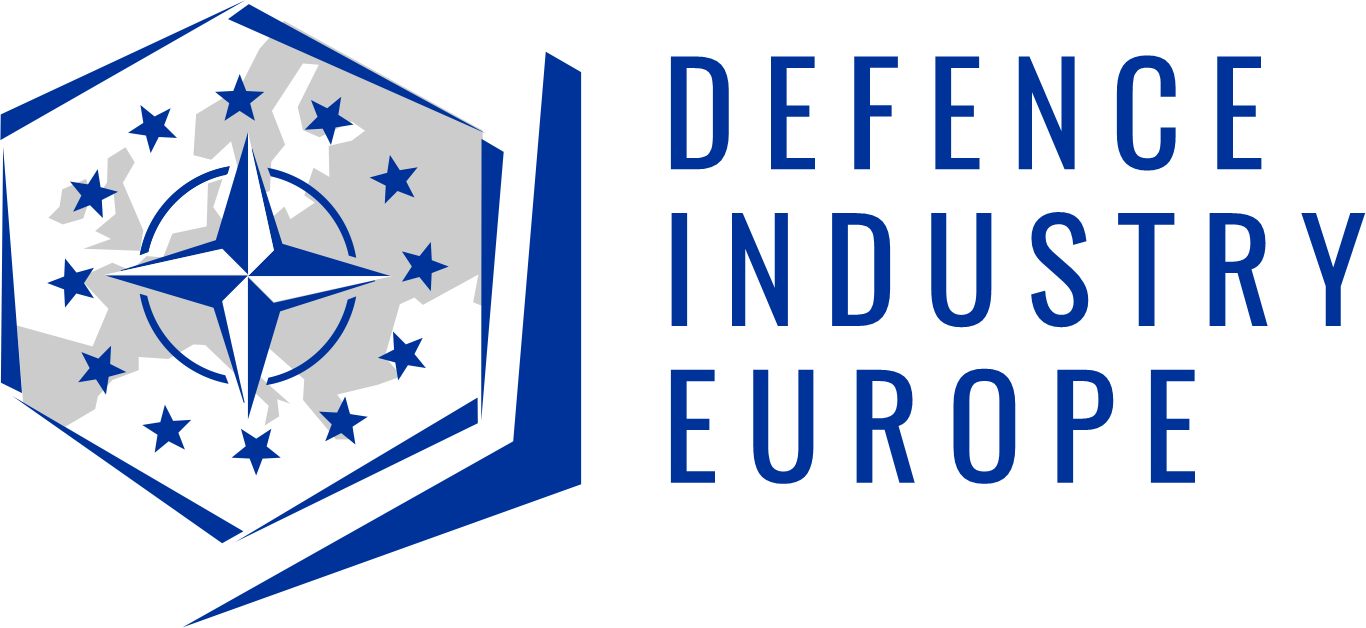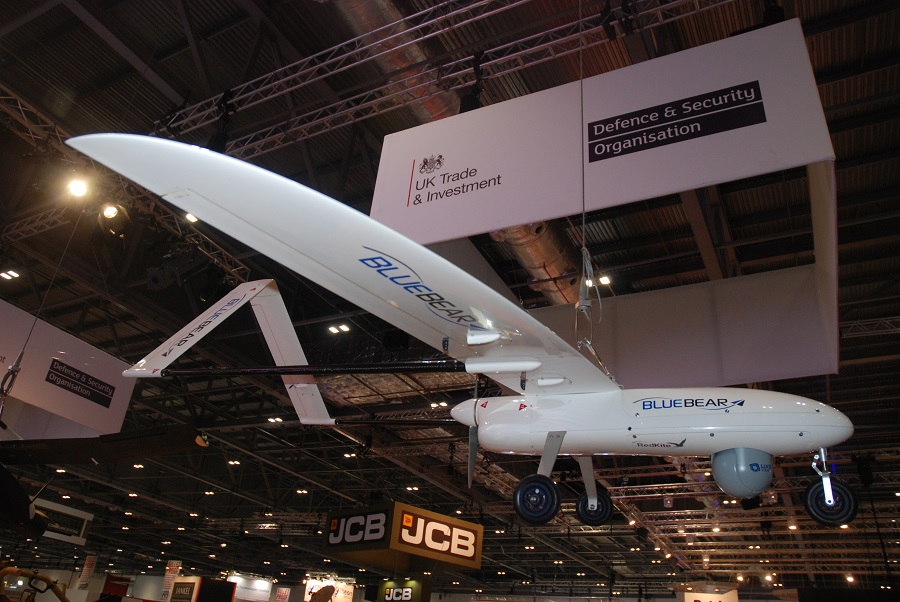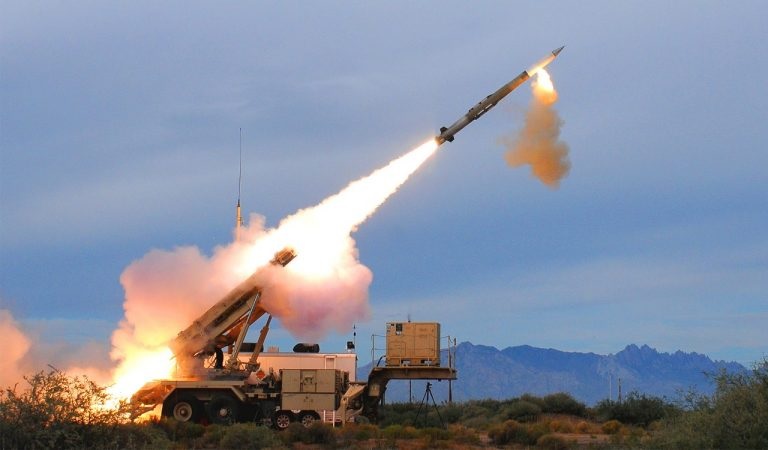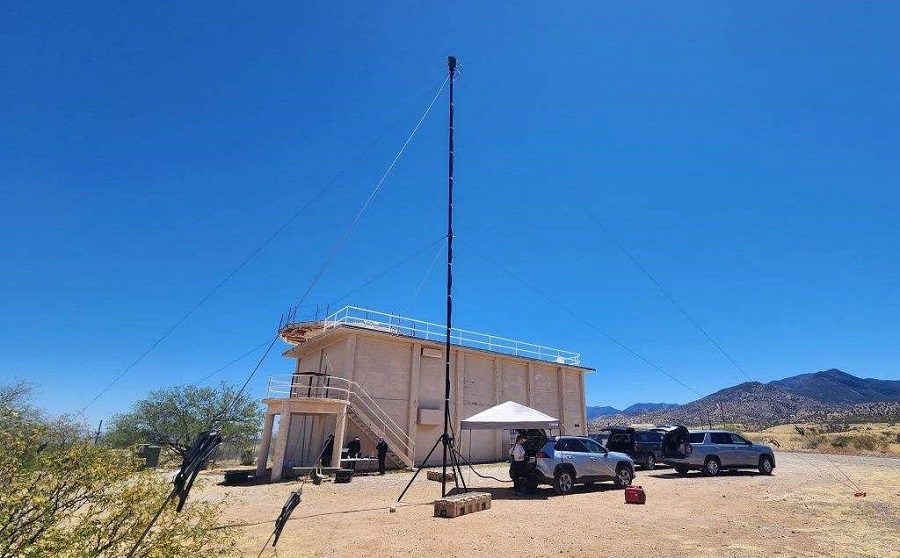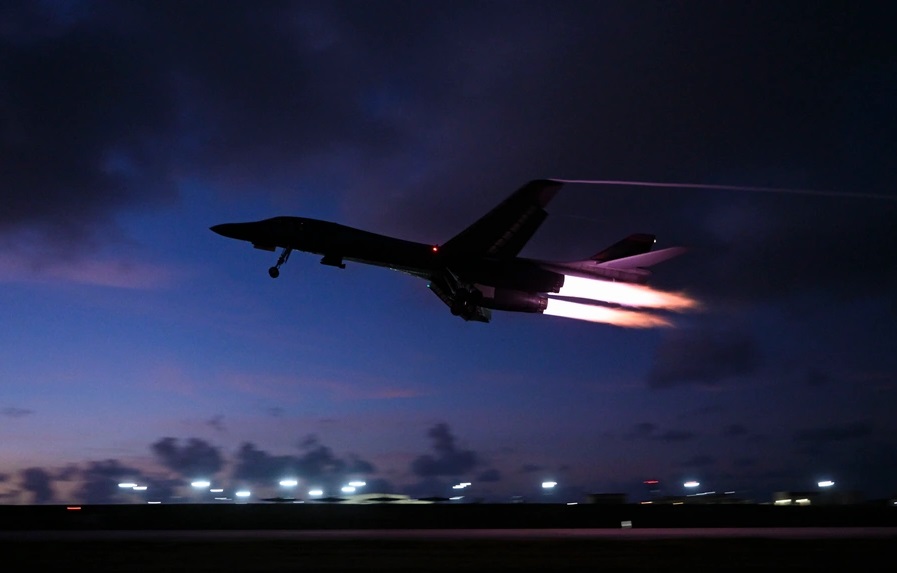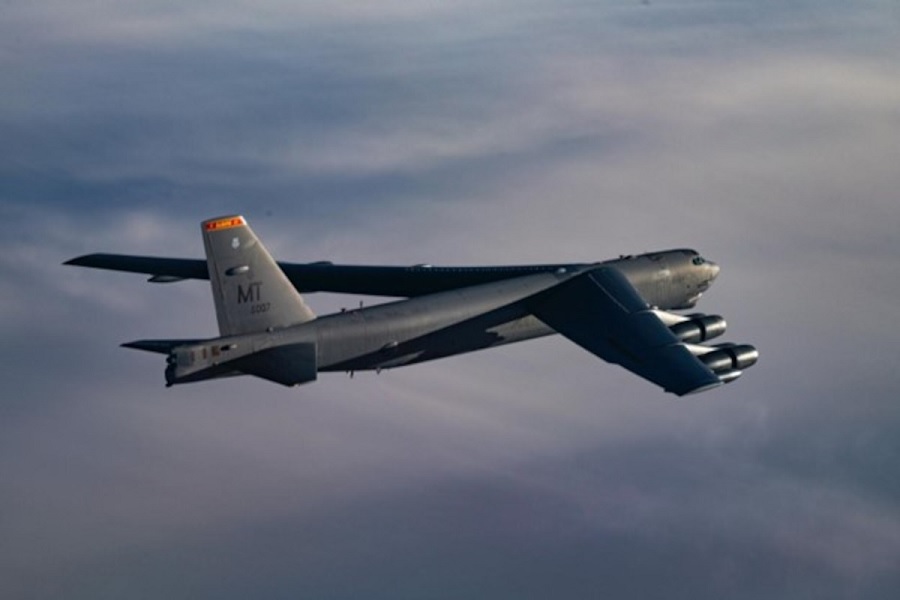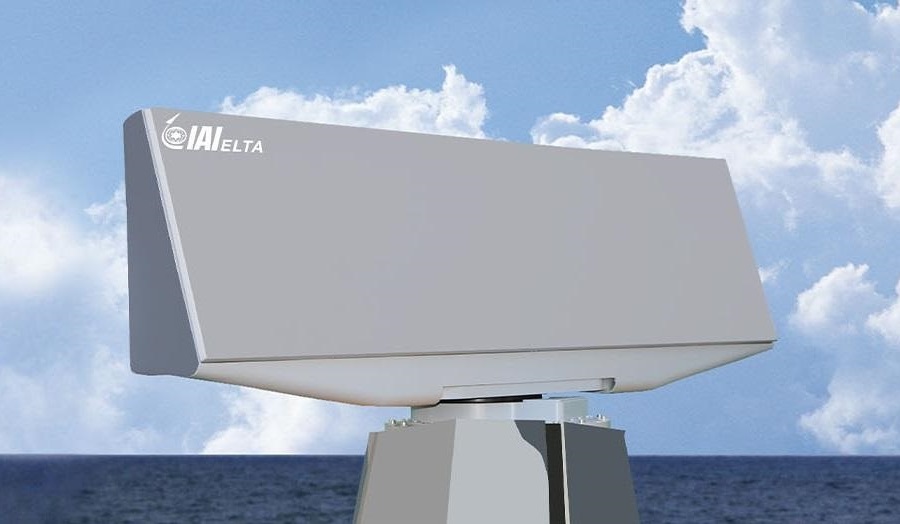Consequently, we are beginning to see a significant paradigm shift toward defence organizations’ adoption of commercial or dual-use SATCOM capabilities. Newer Low Earth Orbit (LEO) constellations are particularly well suited to meet defence needs for worldwide, low latency, high bandwidth, and high traffic communications. When LEO technology became technically viable, it was readily embraced by telecommunications companies for those qualities, which greatly improve their customers’ broadband connectivity experience.
The defence community, historically reliant on geosynchronous (GEO) satellite architectures but understanding the increasing threat to those on-orbit capabilities, is now also recognizing the inherent advantages of LEO systems to support a breadth of military missions.
Three essential elements for meeting defence requirements
As LEO, and even still GEO and Medium Earth Orbit (MEO) commercial SATCOM providers seek to fill the connectivity requirements that support military operations, they face a host of second and third order considerations. Three specific elements are especially important to winning Defence organizations’ trust: robust and encrypted satellite command and control systems, architecture resilience and an appropriate service delivery model that meets Defence needs.
- Satellite-based networks carrying classified information must be sufficiently secure such that users can be confident data won’t be intercepted, jammed or otherwise accessed by unauthorized parties. To meet such requirements, all SATCOM networks in consideration should incorporate the highest-level, military-grade encryption into their architecture to ensure the security of the command and control of the satellite network. The security of the network traffic itself is then left to the operator’s discretion and proprietary encryption. Standards like the NATO Standardization Agreement (STANAG) can be used to bind and label data to further enhance communications and network security, ensuring that centralized information is visible only to those cleared to see it.
- There is also the requirement for resilience. Truly resilient constellations are designed so that integrity of the entire network can be maintained in a degraded or contested environment. With proliferated LEO constellations, it is no longer the case that one compromised satellite risks large-scale network disruption. If an adversary disrupts, degrades, or destroys one satellite, in a self-healing meshed network the next closest satellite will complete the data transmission. This also creates a deterrence factor – it is simply not worth the adversary’s effort to attack one or two satellites if the network will still remain functional. What’s more, because all space-faring nations share the same orbital environment, there is disincentive to pollute the domain with space debris that could indiscriminately damage other satellite assets, regardless of nationality or operator. This is an evolution of the notion of mutually assured destruction.
- Defence agencies also require a different delivery model than commercial telecoms providers. With life and death often at stake, militaries must be 100% confident that, in a contested environment, commercially-provided connectivity is global, secure, available and reliable. Assured access is paramount, and commercial SATCOM operators must consider how they will prioritize network traffic in the event of increased demand from Defence customers. Dynamically allocating bandwidth and integrating service level agreements for guaranteed performance will help commercial providers instill that confidence.
The changing military doctrine
Leveraging the significant commercial investments on LEO constellations for connectivity will enable Defence leaders to concentrate precious dollars on bespoke space capabilities that truly need to be Defence owned-and-operated. While it represents a major paradigm shift, a deliberate move to adopt commercial on-orbit capabilities such as SATCOM is emerging in national policies. The US Department of Defense and Space Force have already published formal Commercial Integration Strategies, and allied Nations are following suit.
With this tremendous opportunity and the weighty responsibilities that come with it, it is incumbent on commercial SATCOM providers to ensure their service offerings are suitably robust, resilient and ready to meet the moment.
About the author:
Michael Adamson is Telesat’s Senior Director of Defence Strategy and Business Development. He is responsible for expanding and executing the company’s go-to-market and business development strategy for the Telesat Lightspeed Low Earth Orbit (LEO) network, with an emphasis on Canada, the U.S. and Allied nations.
Prior to joining Telesat, Mr. Adamson had a decorated career in the Canadian Department of National Defence. Most recently serving as the inaugural Commander of the Canadian Armed Forces (CAF) 3 Canadian Space Division and the Joint Force Space Component Commander, working with Canadian and Allied Partner stakeholders to operationalize the Space Domain and determine CAF space operations requirements. Prior to that, he held command roles at 14 Wing Greenwood and 405 Squadron.



